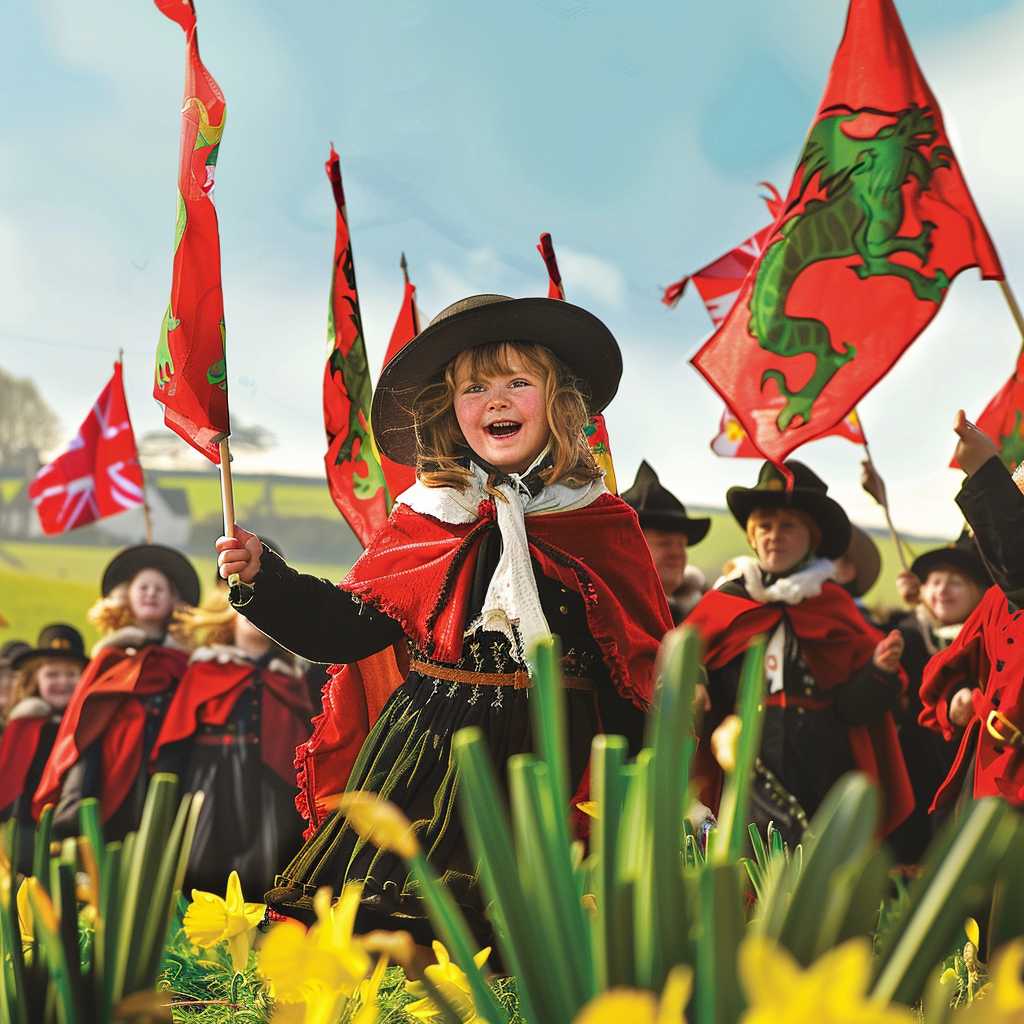Understanding Dydd Gwŷl Dewi: A Celebration of Welsh Culture and Patron Saint David
Each year on March 1st, Wales celebrates its national day known as Dydd Gŵyl Dewi Sant, or St. David’s Day. This festive occasion honors the country’s culture and pays tribute to its patron saint, Dewi Sant—Saint David in English. From traditional music and dance to the iconic leek and daffodil symbols, Dydd Gŵyl Dewi offers a vibrant expression of Welsh heritage.
The Life and Legacy of Saint David
Saint David is said to have been born sometime in the sixth century. Although details about his life are sparse and sometimes interwoven with legend, he is renowned for his steadfast Christian faith and missionary work. Saint David reportedly founded a Celtic monastic community at Glyn Rhosyn (the Rose Vale) on the southwestern coast of Wales, where St. David’s Cathedral stands today as a sacred site.
Legends say that he performed several miracles, the most famous being when he caused a hill to rise beneath his feet so his sermon could be heard by all during a battle. His last words, “Gwnewch y pethau bychain mewn bywyd” – “Do the little things in life” – have resonated deeply with Welsh culture, encapsulating a philosophy of appreciating the simple, everyday acts that contribute to a noble life.
Customs and Celebrations
Dydd Gŵyl Dewi is cherished not as a public holiday but as a national day of cultural pride filled with various customs.
Parades and Performances
In towns and cities across Wales, people take part in parades featuring children dressed in traditional Welsh costume—an outfit including a woolen skirt, apron, and shawl for girls, and waistcoat for boys. Musical performances are prominent, with male voice choirs singing traditional Welsh hymns like “Cwm Rhondda” and schoolchildren participating in concerts with harp accompaniment.
Symbolism in Food and Flowers
Leeks are worn as emblems on this day because according to legend, Saint David advised Welsh soldiers to wear leeks in their helmets during an early battle against the Saxons so they could easily identify friends from foes—a move that ultimately led to victory. Daffodils, which typically bloom around this time of year, have also become symbolic flowers for Saint David’s Day.
Welsh cuisine is celebrated with particular enthusiasm on Dydd Gŵyl Dewi. Traditional dishes such as cawl (a lamb soup), rarebit (a savory cheese on toast), and Welsh cakes (sweet griddle cakes) are prepared and enjoyed throughout the nation.
Educational Activities
Schools contribute significantly to keeping the spirit of Dydd Gŵyl Dewi alive. Lessons on the day often revolve around Welsh history and the life of Saint David. Pupils participate in nationalistic activities such as creating arts and crafts depicting leeks, daffodils, dragons—the national symbol—and other imagery associated with Wales.
St. David’s Day Around the World
The Welsh diaspora ensures that St. David’s Day is celebrated beyond Britain’s borders. From North America to Australia, those with Welsh roots embrace the opportunity to share their culture’s music, dance, food, and historical pride with others.
Notes
Image Description: The image displays an array of St. David’s Day celebrations—a group dressed in traditional Welsh costumes with red cloaks and tall black hats takes part in a parade; bunched leeks and yellow daffodils foreground vibrant green scenes; small children playfully wave miniature Welsh flags—red dragons set against white and green backdrops—illustrating the cultural pride inherent in the festivities of Dydd Gŵyl Dewi.
